Back to Courses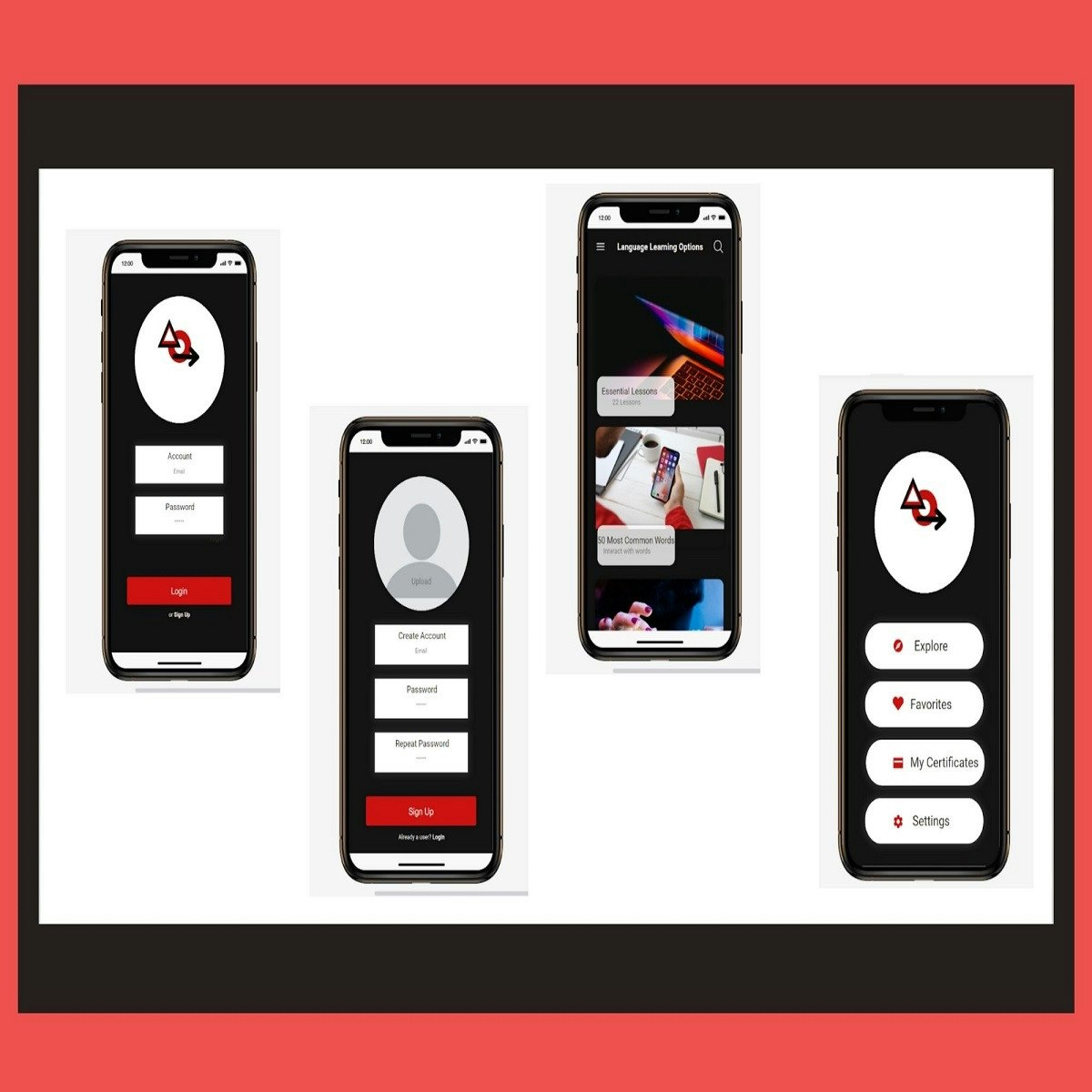
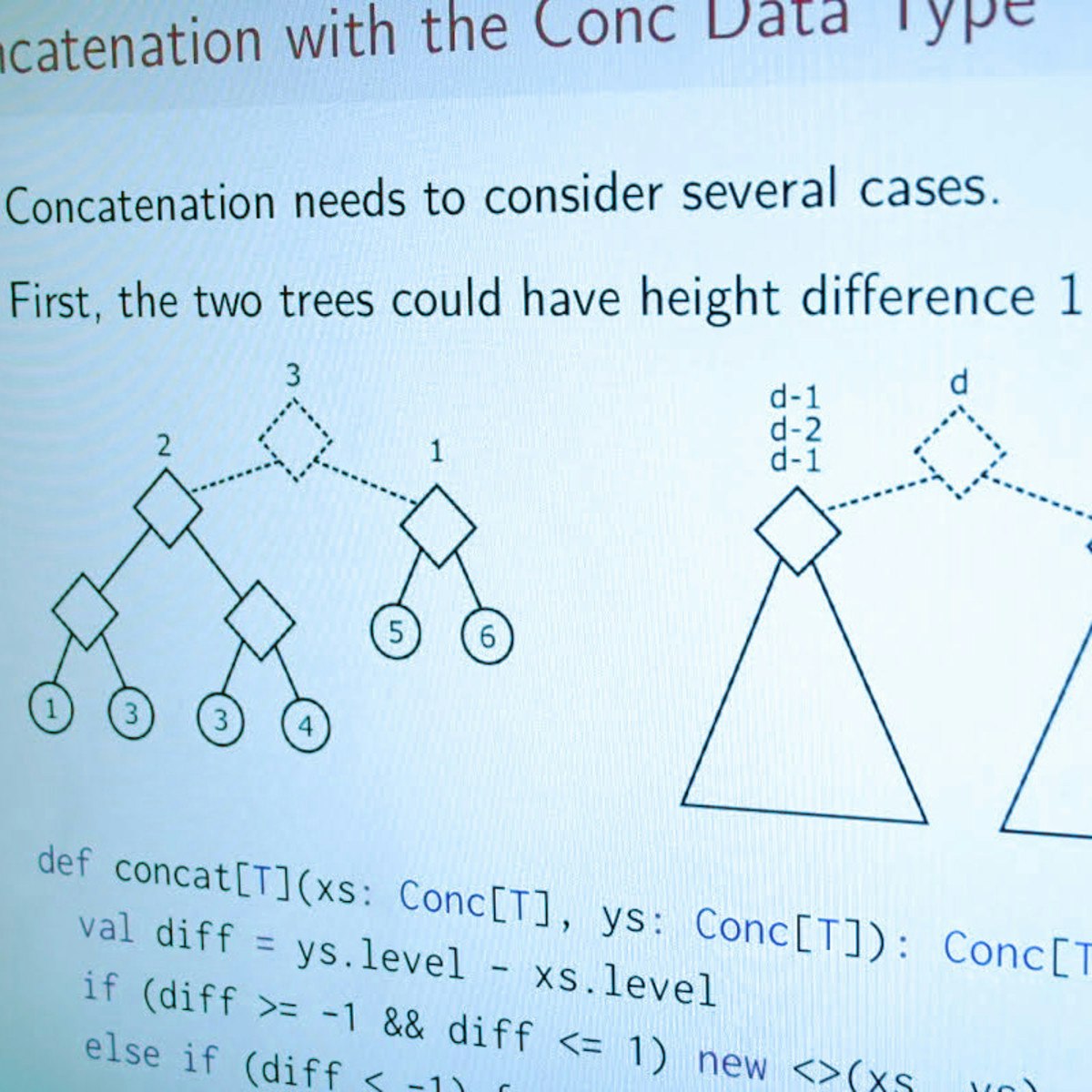
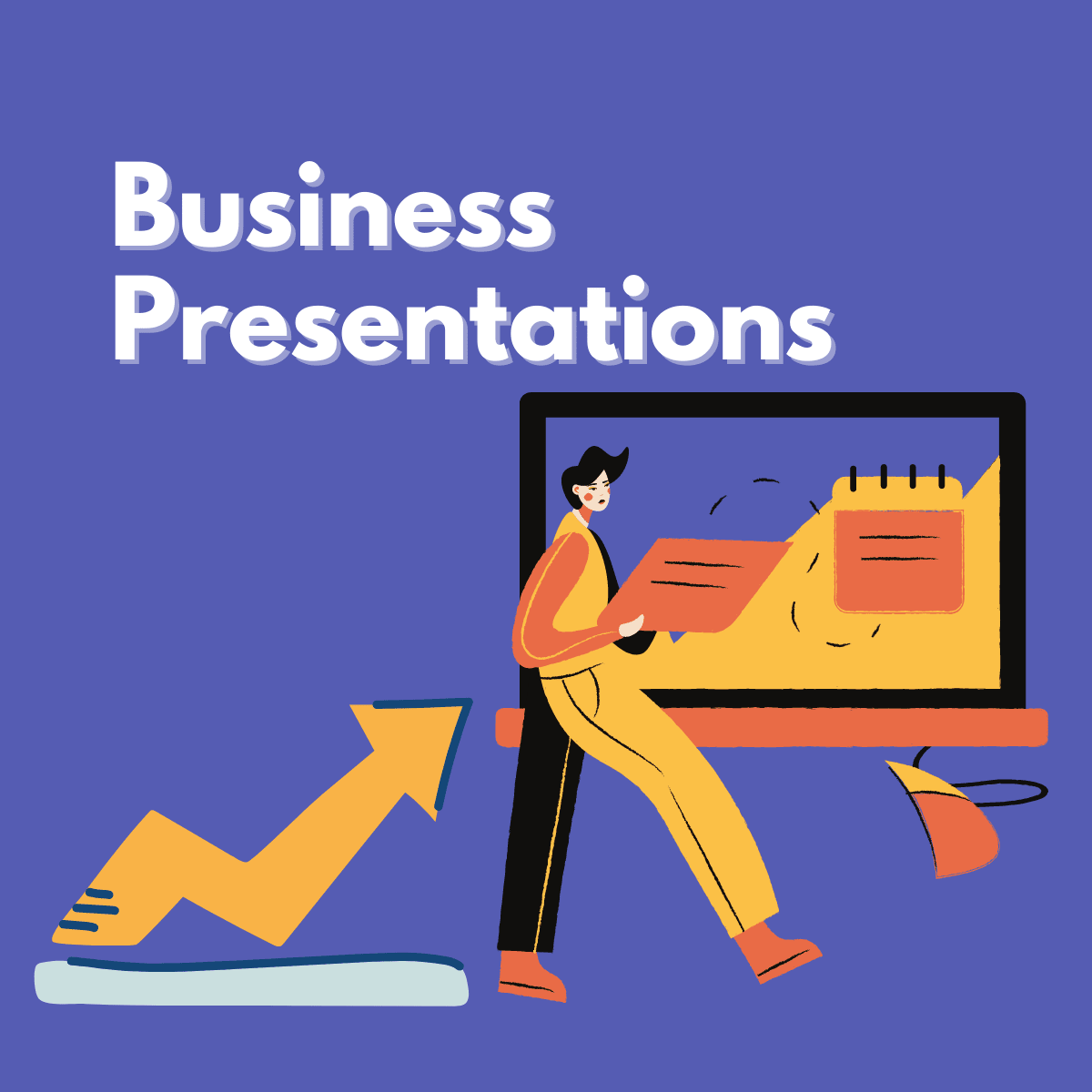


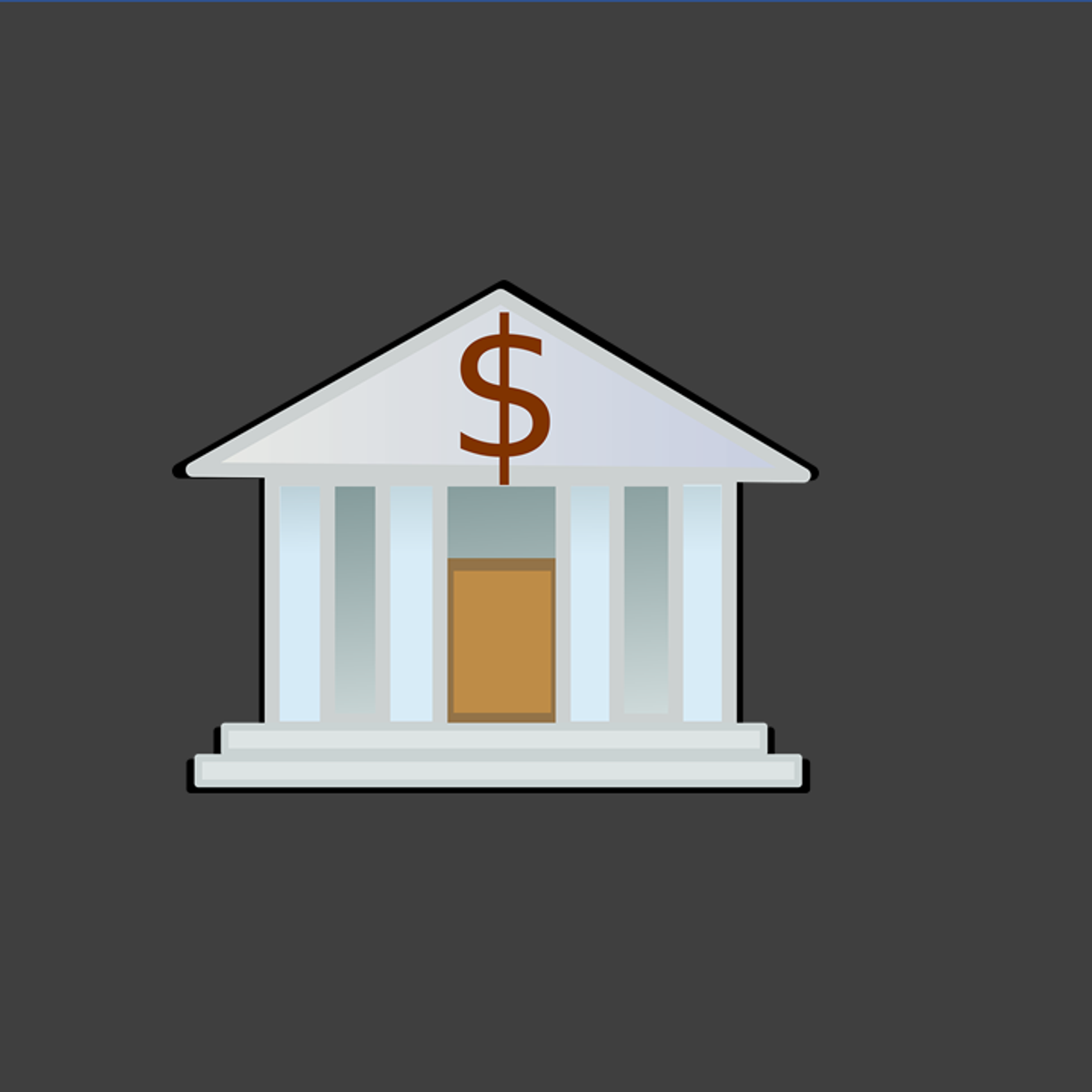


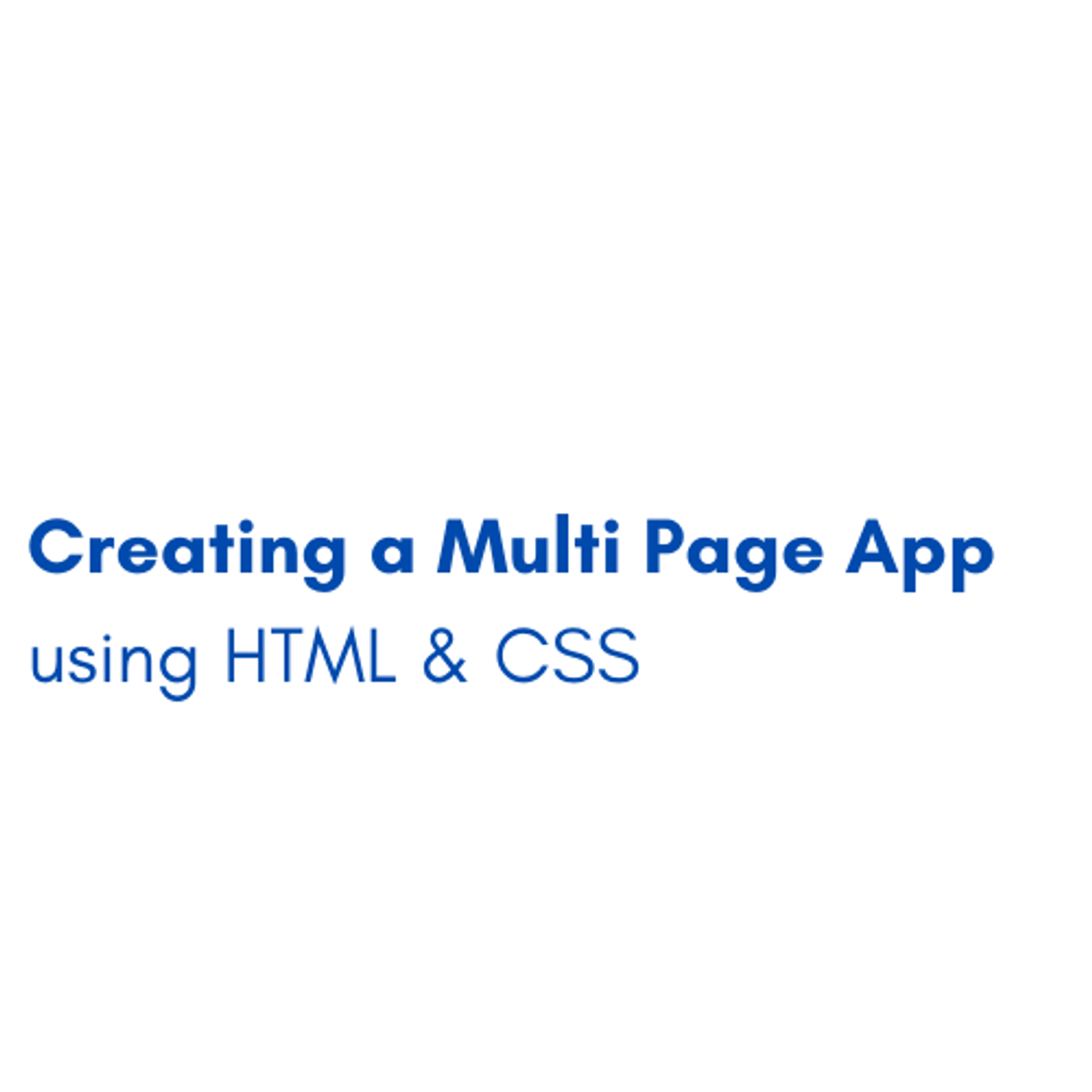

Computer Science Courses - Page 201
Showing results 2001-2010 of 2309

Design an App with Mockitt
What was the app that you used today? Picture it in your mind, and now think about how that app was developed. You use apps in your everyday life. Now is the chance for you to experience the process an app goes through to be developed. In this project, you will use Wondershare Mockitt to design and develop an app, going from a prototype to an app that you can share with others.

Parallel programming (Scala 2 version)
With every smartphone and computer now boasting multiple processors, the use of functional ideas to facilitate parallel programming is becoming increasingly widespread. In this course, you'll learn the fundamentals of parallel programming, from task parallelism to data parallelism. In particular, you'll see how many familiar ideas from functional programming map perfectly to to the data parallel paradigm. We'll start the nuts and bolts how to effectively parallelize familiar collections operations, and we'll build up to parallel collections, a production-ready data parallel collections library available in the Scala standard library. Throughout, we'll apply these concepts through several hands-on examples that analyze real-world data, such as popular algorithms like k-means clustering.
Learning Outcomes. By the end of this course you will be able to:
- reason about task and data parallel programs,
- express common algorithms in a functional style and solve them in parallel,
- competently microbenchmark parallel code,
- write programs that effectively use parallel collections to achieve performance
Recommended background: You should have at least one year programming experience. Proficiency with Java or C# is ideal, but experience with other languages such as C/C++, Python, Javascript or Ruby is also sufficient. You should have some familiarity using the command line. This course is intended to be taken after Functional Program Design in Scala: https://www.coursera.org/learn/progfun2.

Design corporate presentations with Piktochart
At the end of this project, you will have all the basic skills to create a professional business presentation with Piktochart, an online tool for creating and editing infographics and Marketing visuals of all kinds. You will be able to discover in detail the different features of the platform, and will be able to use its tools to create a professional, understandable and fun presentation.

Introduction to OpenStack and Kubernetes Orchestrators
In this course, we will explain two open-source cloud management and orchestration platforms—OpenStack and Kubernetes. You will learn about different OpenStack concepts and the process to create virtual machines in OpenStack using the Web interface and the command line. You will also learn to automate these deployments using YAML-based Heat templates. OpenStack networking constructs, such as security groups and Floating IPs, will be covered in this course as well. The course will introduce you to Kubernetes architecture, API objects such as Pods and Services, the kubectl interface and integration with a CNI plugin for networking. The course will also demonstrate how an application can be deployed using Kubernetes.

Spring - Cloud Overview
This course explains some high level patterns used in Microservice architectures and the motivation to move towards these architectures and away from monolithic development of applications. . It then goes on to implement these patterns using Spring Cloud, Netflix OSS one of the most popular Cloud implementations of Microservices used today. Students will learn about Service Registration, Service Discovery, Client Side Load Balancing, Circuit Breakers, and Gateway or Edge Services in a Spring Boot Setting. It will leverage Spring Cloud and Netflix OSS, Labs will specifically target the projects Eureka, Ribbon, Hystrix, Feign and Zuul.

Bank Loan Approval Prediction With Artificial Neural Nets
In this hands-on project, we will build and train a simple deep neural network model to predict the approval of personal loan for a person based on features like age, experience, income, locations, family, education, exiting mortgage, credit card etc.
By the end of this project, you will be able to:
- Understand the applications of Artificial Intelligence and Machine Learning techniques in the banking industry
- Understand the theory and intuition behind Deep Neural Networks
- Import key Python libraries, dataset, and perform Exploratory Data Analysis.
- Perform data visualization using Seaborn.
- Standardize the data and split them into train and test datasets.
- Build a deep learning model using Keras with Tensorflow 2.0 as a back-end.
- Assess the performance of the model and ensure its generalization using various Key Performance Indicators (KPIs).
Note: This course works best for learners who are based in the North America region. We’re currently working on providing the same experience in other regions.

Build Inclusive User Personas in Miro
By the end of this project, you will be able to create an inclusive user persona that will help you leverage the opportunity to include customers and avoid excluding them from a brand experience.
To do this, you will work on a project that will help you understand the benefits and use cases for inclusive personas while you gain hands-on experience building one in the Miro online visual collaboration platform for teamwork.
Note: This course works best for learners who are based in the North America region. We’re currently working on providing the same experience in other regions.

Engineering Maintainable Android Apps
Engineering Maintainable Android Apps, which is a 4 week MOOC that shows by example various methods for engineering maintainable Android apps, including test-driven development methods and how to develop/run unit tests using JUnit and Robotium (or equivalent automated testing frameworks for Android), as well as how to successfully apply common Java/Android software patterns to improve the extensibility and clarity of Android apps. Students will work on the appropriate automated unit quizzes, based on the material covered in the lecture videos. These lessons will demonstrate the benefits of good software engineering practices that are targeted at creating maintainable code for mobile apps.
There will be roughly 3-4 hours of student engagement time per week, including video lectures, and quizzes. The ordering of the modules within the course is designed to be flexible. In particular, students can watch the videos in whatever order suits their experience and needs, e.g., they may want to watch the unit testing videos prior to the software pattern videos if they prefer to learn about unit testing first.

Creating a Multi Page App using HTML & CSS
By the end of this project, you will be able to create a multi-app with three pages using HTML and CSS. You will be able to use the div tag to split your page into sections, h1, h2, and h3 tags, to write a title as a headline. The P tag to write a paragraph or one line. The A tag to add a link or connect pages with each other and finally, the unordered lists ul tag to make a list. Then, you will be able to style these tags and add colors, background, change the font size and add some elements to the right of the page and ones to the left, and many other properties. As HTML and CSS are the foundational languages of the web. HTML is a markup language that is used for developing web pages. CSS is a language that defines the presentation of a document written in HTML.
Learning to use HTML and CSS enables you to better understand any website, gain more money as a web developer freelancer and finally Learn Other Coding Languages Easier and Faster.
This guided project is for beginners in the field of websites and web pages. It provides you with the first steps to be a web developer. Moreover, it equips you with knowledge of HTML and CSS.

Understanding Basic SQL Syntax
In this project you will learn to identify and use correct syntax when writing SQL retrieval queries. Through hands-on activities in SQLiteStudio, you will gain experience with the SQL syntax used to display specific columns, filter for specific rows, and determine the sequence of those columns and rows in query output. Familiarity with SQL syntax is a marketable skill for both Information Technology professionals and non-IT super users.
